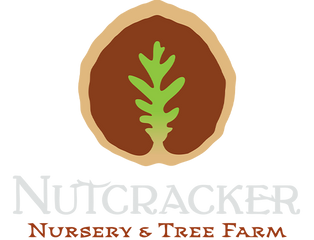EARLY GOLDEN grafted persimmon
Shipping calculated at checkout
14 in stock
Need more? Contact us
Available only in spring 2026.
Botanical name: *Diospyros virginiana ‘Early Golden’
Type: Persimmon tree / American persimmon (astringent variety)
Origin: Discovered around 1880 in Indiana (USA) as a historic American cultivar.
📏 Main characteristics
- Adult size: Up to ~9–15 m (30-50 ft) in height in good conditions.
- Habit: Broad, branched crown, dense foliage.
- Hardiness: Very good. Resistant to temperatures down to around –30°C according to some sources.
- Fruit:
- Fairly early harvest for an American persimmon: late September to early October depending on climate.
- Orange to yellow-orange skin, sweet flesh when ripe (overripe); flavor often compared to that of dates.
- Astringent variety: the fruit must be well softened/ripe before consumption to avoid astringency.
- Pollination: Generally self-fertile (a single tree can produce), but cross-pollination can improve yield.
☀️ Growing conditions
- Exposure: Full sun is best for good growth and fruiting.
- Soil: Deep, well-drained; tolerates various soil types if well-drained. Avoid excessively heavy or poorly drained soils.
- Care: Water regularly during the first few years; thereafter, the tree is relatively undemanding. Prune lightly to shape the tree or remove dead wood.
- Winter protection: Although very hardy, good planting and drainage ensure better survival in harsh climates.
🛠️ Strengths & things to watch out for
✔️ Advantages:
- Early maturity for an American persimmon; useful in regions with shorter growing seasons.
- Recognized flavor and very pleasant taste when ripe.
- Good cold resistance for an exotic fruit tree in northern latitudes.
- Can be self-sufficient (a single tree can produce fruit).
⚠️ Things to watch out for:
- Only consume when the fruit is ripe or soft (overripe), otherwise it will taste very astringent. > “Only eat after the first frost or else you will get a tannic acid taste.”
- The tree grows tall: allow for the necessary space.
- Although it tolerates various soils, poorly drained or very wet sloping soil can be detrimental.
- Yield may vary depending on climate—in some “very northern” regions, full ripening may be more difficult.
🗓️ Calendar & uses
- Flowering: In spring (often late April-May).
- Harvest: Around late September-early October (depending on conditions).
- Fruit uses: Fresh when ripe, or for drying, jams, desserts.
- Fall foliage: The leaves take on beautiful fall colors, adding ornamental interest in addition to the fruit.
🎯 Ideal for
- Gardens or orchards located in harsh climates (USDA zones 4 to 6) or regions such as Quebec where the growing season may be limited.
- Those looking for an unusual but hardy fruit tree with an interesting flavor.
- Lovers of old and historic varieties.
- Spaces where the tree can thrive without excessive space constraints.


